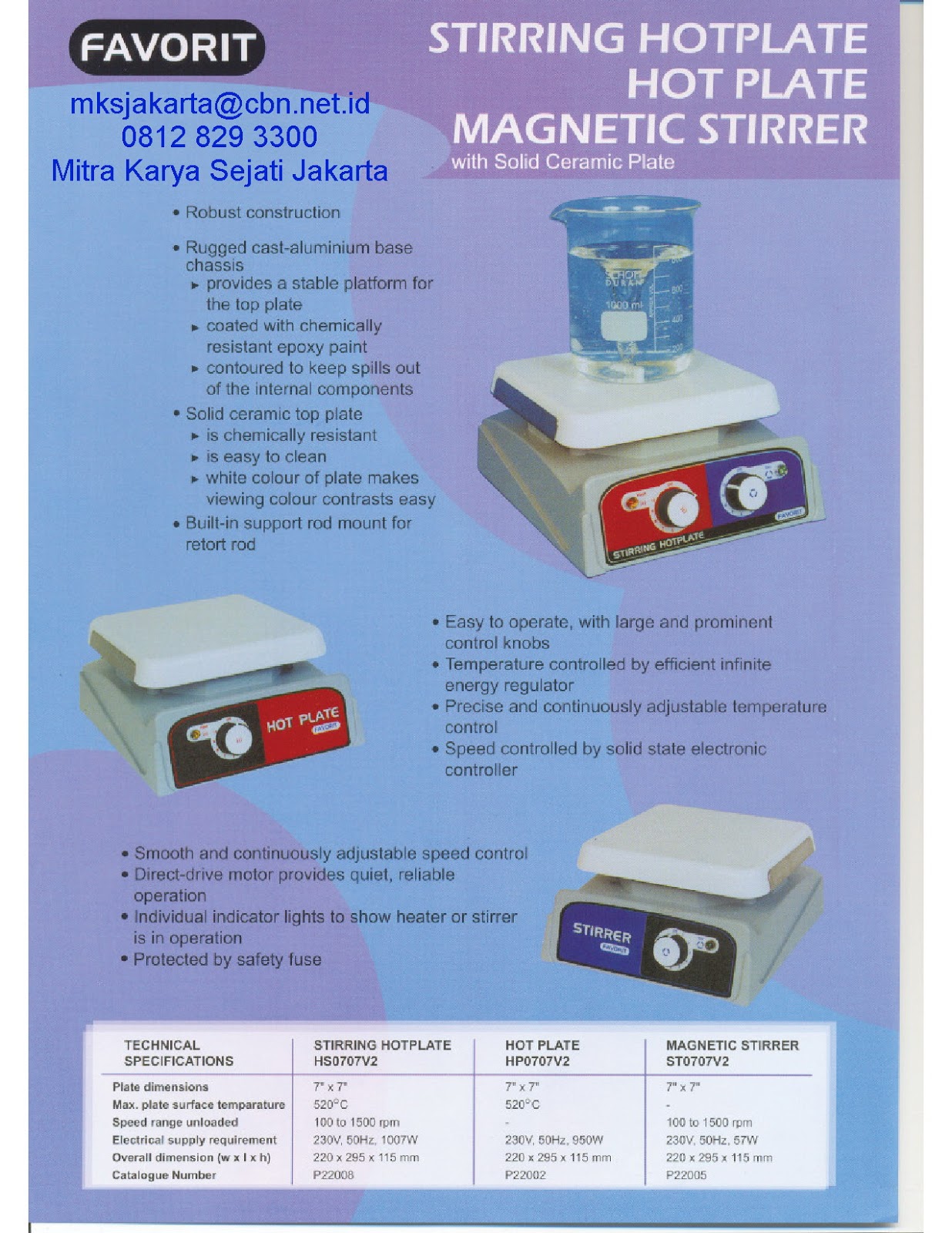

Ceramic’s white surface optimizes viewing of samples obscured by aluminum or steel plates.

More durable and harder to crack, aluminum-top plates are optimal for high-throughput operations involving steel beakers.īuy Aluminum Hot Plates B2 - Ceramic Hot PlatesĬeramic hot plates are resistant to corrosion and withstand temperatures above 350☌.

While stirring hot plates are more expensive than magnetic hot plate stirrersmagnetic stirrers or standard hot plates, they provide better heating uniformity for high-volume (over 500 ml) and highly-viscous samples.Īluminum hot plate surfaces provide better temperature uniformity than ceramic, polypropylene, or stainless steel. Stirring hot plates contain both a stirring apparatus and heating element installed underneath the plate surface for even stirring as the sample heats. Magnetic stirrers do not include a heating element. The magnetic field causes a stirring bar, immersed within the sample, to spin at a predefined speed (up to 2,500 rpm). Magnetic stirring hotplates contain an electromagnet, installed underneath the plate surface, which produces a rotating magnetic field across the plate. More economical than stirring hot plates, standard hot stirrer plates are reliable workhorses requiring minimal maintenance and re-calibration routines. Standard temperature control hot plates do not include a stirring apparatus for sample mixing during the heating process.


 0 kommentar(er)
0 kommentar(er)
